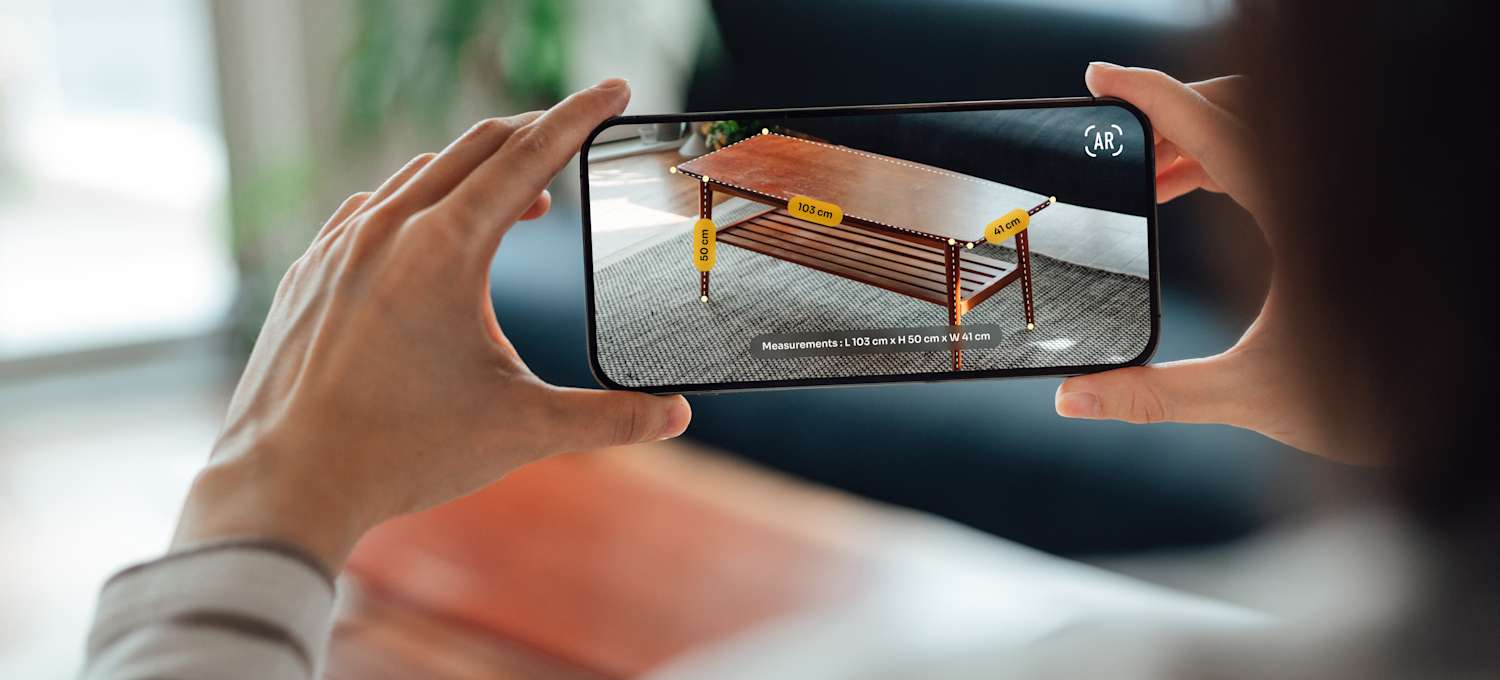Marketing has evolved significantly in recent years, moving beyond traditional strategies and embracing technology-driven innovations to create more engaging, personalized, and interactive experiences. One of the most exciting developments in this space is augmented marketing, which leverages augmented reality (AR) and other immersive technologies to enhance how brands connect with consumers.
By integrating augmented reality with experiential marketing, brands can offer interactive product experiences, personalized advertising, and immersive brand activations that drive deeper consumer engagement. This shift is not just about catching attention—it’s about creating meaningful interactions that lead to stronger brand loyalty and increased sales.
In this article, we’ll explore what augmented marketing is, how it works, and why AR and experiential marketing are essential tools for modern brands. We’ll also discuss how Towerhouse Global can help brands implement cutting-edge AR-powered marketing strategies and live event experiences.
1. Understanding Augmented Marketing
What is Augmented Marketing?
Augmented marketing refers to the use of technology—particularly augmented reality (AR), artificial intelligence (AI), and data-driven personalization—to enhance the way brands engage with customers. This approach creates more immersive, interactive, and personalized marketing experiences that go beyond traditional digital advertising.
📌 Key Features of Augmented Marketing:
✔ Augmented Reality (AR) Integration – Overlaying digital content onto real-world environments.
✔ Personalized Digital Engagement – Using AI and data to tailor marketing experiences to each customer.
✔ Experiential Marketing Activations – Creating hands-on, interactive brand experiences.
✔ Omnichannel Customer Interaction – Connecting physical and digital marketing channels seamlessly.
✔ Why This Matters:
✅ Enhances customer engagement by making brand interactions more interactive.
✅ Increases brand recall by creating memorable experiences.
✅ Bridges the gap between digital and physical marketing.
How Towerhouse Global Can Help:
We specialize in developing AR-powered brand activations and experiential marketing campaigns that captivate audiences and drive deeper customer engagement.
2. The Role of Augmented Reality in Augmented Marketing
- AR in Product Discovery & Try-Ons
📌 Why It Matters:
- AR enables consumers to try on products virtually before purchasing, increasing purchase confidence and reducing return rates.
- AR-powered product visualizations help customers make informed decisions.
📌 Example:
- Sephora Virtual Artist App – Allows customers to virtually try on makeup using AR, enhancing the online shopping experience.
✔ Why This Works:
✅ Creates a more engaging shopping experience.
✅ Reduces hesitation by allowing customers to visualize products in real-time.
✅ Encourages customers to share AR-enhanced experiences on social media.
How Towerhouse Global Helps:
We develop AR-powered retail experiences and interactive digital campaigns that increase engagement and conversion rates.
- AR in Interactive Advertising & Brand Engagement
📌 Why It Matters:
- Traditional digital ads are becoming less effective due to ad fatigue and banner blindness.
- AR-powered ads create interactive and engaging experiences that encourage participation.
📌 Example:
- Gucci’s AR Sneaker Try-On – Allows customers to see how sneakers look on their feet through AR before making a purchase.
✔ Why This Works:
✅ Turns advertising into an interactive experience rather than a passive one.
✅ Encourages social sharing and word-of-mouth marketing.
✅ Enhances the effectiveness of digital marketing campaigns.
How Towerhouse Global Helps:
We design AR-powered advertising experiences and experiential marketing activations that captivate audiences and create shareable brand moments.
- AR-Powered Live Events & Experiential Marketing
📌 Why It Matters:
- Live events and experiential marketing are crucial for creating real-world connections between brands and consumers.
- AR enhances these experiences by adding interactive layers, gamification, and digital storytelling.
📌 Example:
- Pepsi Max AR Bus Stop Ad – Pepsi installed AR screens at bus stops, creating life-like illusions of unexpected events (such as aliens and tigers appearing on the street).
✔ Why This Works:
✅ Makes everyday locations part of an interactive brand experience.
✅ Encourages audience participation and engagement.
✅ Creates viral marketing opportunities and user-generated content.
How Towerhouse Global Helps:
We produce AR-enhanced live events and experiential marketing activations that turn brand interactions into unforgettable consumer experiences.
4. The Future of Augmented Marketing
📌 Emerging Trends in Augmented Marketing:
✔ AI-Powered Personalization – Using AI to tailor AR experiences to individual users.
✔ Metaverse & AR Commerce – Brands will create virtual storefronts and AR-powered shopping experiences.
✔ AR Wearables & Smart Glasses – Hands-free AR experiences will become more mainstream.
✔ Voice & Gesture-Activated AR Ads – Customers will engage with AR marketing using voice and motion-based interactions.
📌 Example:
- Amazon AR Shopping Tool – Allows customers to see how furniture and household items fit in their homes using AR before purchasing.
✔ Why This Matters:
✅ Consumers expect more interactive and personalized marketing experiences.
✅ AR-powered marketing drives higher engagement, purchase intent, and customer loyalty.
✅ Brands that adopt AR early will gain a competitive edge in digital marketing.
4. How Towerhouse Global Can Help Brands Implement Augmented Marketing
📌 Our Augmented Marketing Services:
✔ Custom AR Brand Activations – Creating interactive brand experiences that captivate audiences.
✔ AR-Powered Social Media & Advertising – Designing Instagram, TikTok, and Snapchat AR filters and interactive ad campaigns.
✔ Retail & E-Commerce AR Experiences – Implementing virtual try-ons, 3D product visualizations, and AR-powered shopping tools.
✔ Live Event & Trade Show AR Activations – Elevating in-person brand interactions with immersive digital enhancements.
📩 Contact Towerhouse Global today to develop a high-impact AR marketing campaign that captivates audiences and transforms brand engagement! 🚀
Final Thoughts: Why Augmented Marketing is the Future
✔ Augmented reality is transforming traditional marketing into immersive, interactive experiences.
✔ Brands that invest in AR-powered experiential marketing will build stronger connections with consumers.
✔ The future of marketing is personalized, engaging, and technology-driven.
At Towerhouse Global, we specialize in:
✅ Developing AR-powered brand activations that captivate audiences.
✅ Enhancing digital and live event experiences with cutting-edge AR technology.
✅ Creating unforgettable consumer experiences that increase engagement and sales.
Ready to integrate AR into your marketing strategy? Contact Towerhouse Global today to explore innovative AR solutions that elevate your brand!






